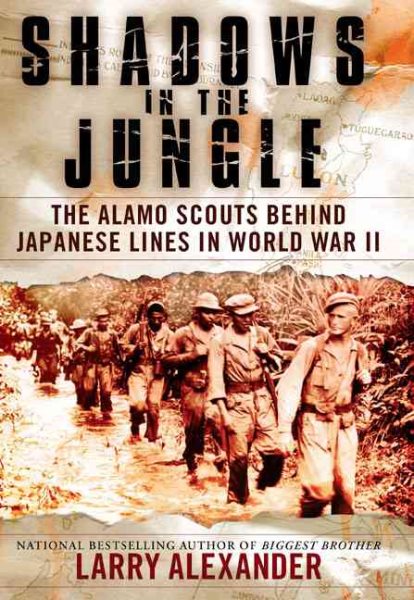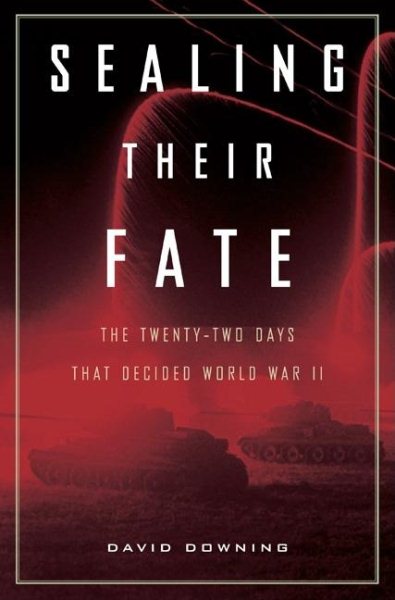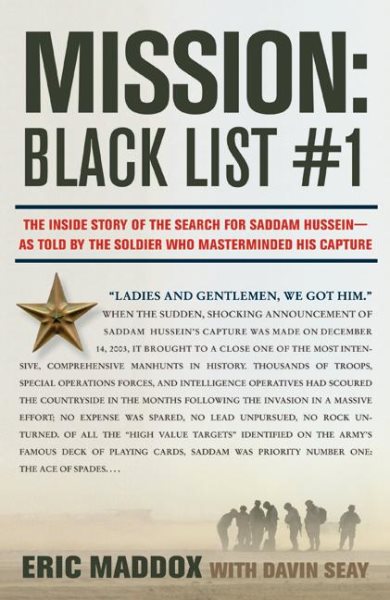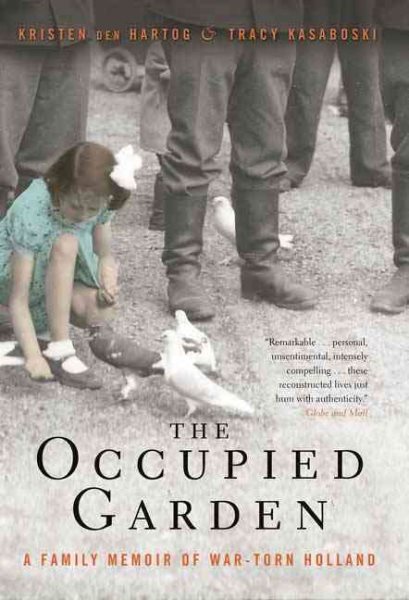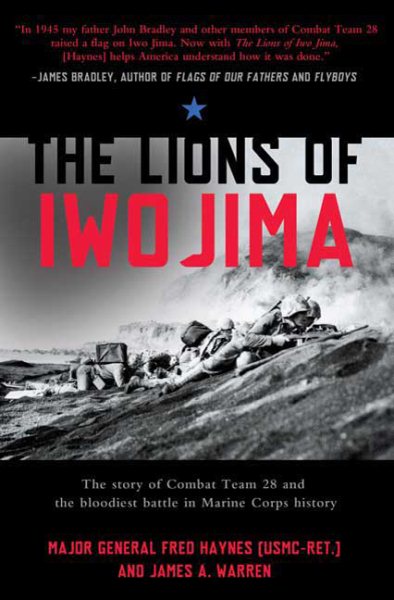 By Major General Fred Haynes and James A. Warren
By Major General Fred Haynes and James A. Warren
Combat Team 28, one of the greatest units fielded in the history of the U.S. Marines, landed on the black sands of Iwo Jima on February 19, 1945. The unit, 4,500 men strong, plunged immediately into ferocious combat, and by the time the battled ended, 70 percent of the men in the team’s three assault battalions were killed or seriously wounded. The stories told here, many for the first time, will seem too cruel, too heartbreaking to be believed. As one veteran remarked, “Each day we learned a new way to die.” Major General Fred Haynes, then a young captain, is the last surviving office in CT 28 who was intimately involved in planning and coordinating all phases of the team’s fight on Iwo Jima. In this astonishing narrative, Haynes and James A. Warren recapture in riveting detail what the Marines experienced, drawing on a wealth of previously untapped documents, personal narratives, letters, and interviews with survivors to offer fresh interpretations of the fight for Suribachi, the iconic flag-raising photograph, and the nature of the campaign as a whole.
(Check Catalog)
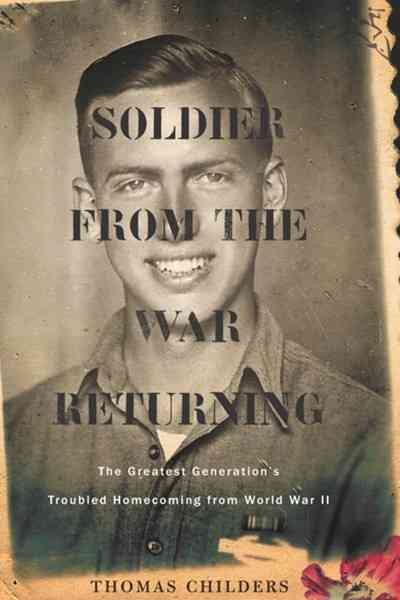 By Thomas Childers
By Thomas Childers
